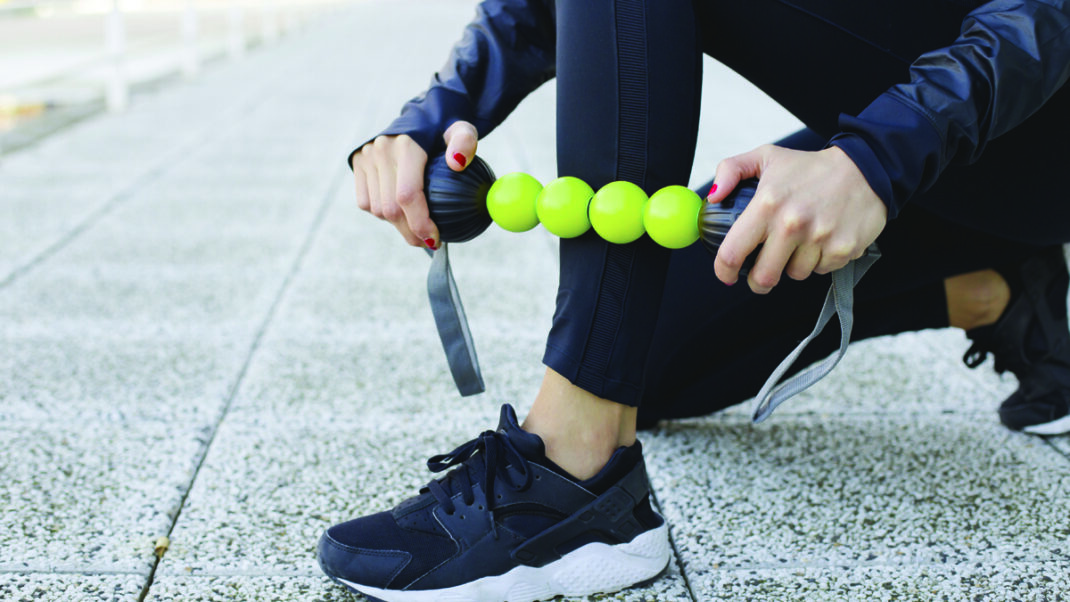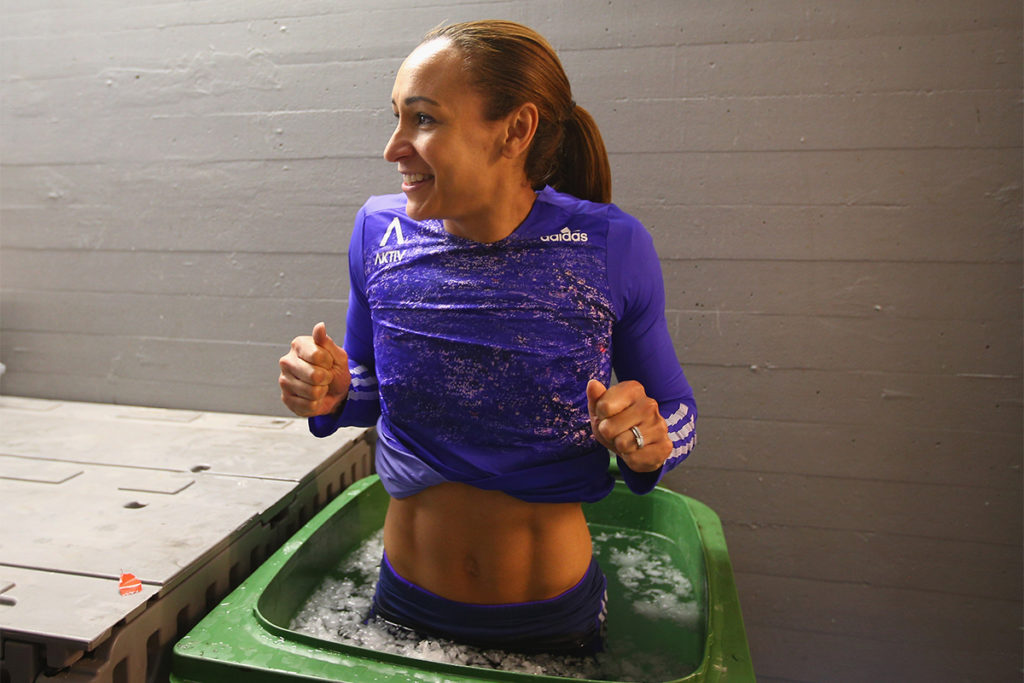Fitness Recovery: An Evolving Pillar of Training and the Path to Professional Relevance

Recovery has always been a fundamental, though at times underappreciated, element of physical training. While much attention has historically been focused on strength, endurance, and mobility exercises as the cornerstones of fitness programming, it is during recovery that the body truly adapts, repairs, and grows stronger. Without intentional recovery, even the most well-designed training plans fall short of their potential, as the physiological changes that drive progress depend on sufficient rest and regeneration. In today’s fitness landscape, recovery has rightfully taken center stage. It is no longer seen as merely a passive phase between workouts, but as an active, strategic process that demands as much consideration and planning as the training itself.
For fitness professionals seeking to stay relevant in an increasingly competitive and informed industry, mastering the science and application of recovery is essential. This article examines the historical role of recovery in fitness, explores how recovery practices have evolved over time, highlights key developments in the field, and provides guidance on how professionals can thoughtfully integrate recovery strategies into their services to better serve clients and elevate their practice.
Fitness Recovery: Not New, but Reimagined
The importance of recovery in fitness is far from a recent discovery. From the earliest formalized training systems, recovery was recognized as essential to achieving performance gains. Ancient athletes, martial artists, and soldiers understood – whether through practical experience or intuitive wisdom – that the body required time to heal, rebuild, and adapt after strenuous effort (Kellmann et al., 2018). Early exercise science helped to formalize this understanding with concepts like supercompensation, which describes how performance improves following an appropriate period of recovery from training stress. The idea of periodization emerged as well, introducing structured training plans that deliberately incorporated cycles of rest and recovery to prevent overtraining and optimize physical adaptation. These foundational principles highlight that recovery has always been integral to fitness, even if the tools and techniques used to achieve it have evolved significantly over time.
As sports science has advanced, so too has the focus and methodology of recovery strategies. Traditional recovery practices centered largely on rest days, light movement, and the natural recuperative effects of sleep. While these remain vital components, modern recovery practices have expanded to include a wide range of proactive, evidence-informed interventions. Active recovery now includes low-intensity aerobic work designed to promote blood flow and tissue healing. Self-myofascial release techniques, using tools such as foam rollers or massage sticks, have become commonplace for alleviating muscle tension and supporting mobility. Mobility work, cryotherapy, compression garments, percussive therapy, and the use of technological tools like heart rate variability (HRV) monitoring have all joined the recovery toolkit (Dupuy et al., 2018). Advances in sports science and technology have shifted recovery from a passive waiting period to a dynamic, data-informed process aimed at accelerating healing, reducing injury risk, and optimizing performance.
Why Recovery is Critical for Modern Fitness Professionals
Incorporating thoughtful recovery strategies into fitness programs is essential to meeting the evolving expectations of today’s clients. Modern clients are often more informed about health and fitness than ever before, and they are frequently balancing high levels of stress, demanding schedules, and competing priorities. As a result, they expect fitness professionals not just to deliver effective workouts, but to provide holistic solutions that address recovery, stress management, and overall well-being (IHRSA, 2021). By making recovery an integral part of their services, fitness professionals can provide comprehensive coaching that improves client outcomes, reduces the risk of injury, and increases client satisfaction and retention. Recovery-centered programming also helps trainers differentiate themselves in a crowded market, positioning them as experts who care about long-term client success rather than quick fixes.
Supporting client health and longevity is another compelling reason for trainers to prioritize recovery. Research has consistently shown that insufficient recovery increases the risk of overtraining syndrome, injuries, chronic fatigue, burnout, and impaired immune function (Kellmann et al., 2018). By contrast, structured recovery strategies contribute to sustainable health and performance gains—an increasingly important message for clients who are seeking long-term wellness rather than short-lived achievements. Aligning with this focus on sustainability and well-being helps fitness professionals build trust and credibility.
Finally, recovery represents a growing sector within the fitness industry. The rise of recovery-focused studios and services, such as cryotherapy centers and recovery lounges, reflects increasing consumer demand for structured recovery solutions. The popularity of tools like foam rollers, massage guns, compression gear, and wearable technologies that offer recovery analytics further underscores this trend (Schüll, 2016). Fitness professionals who integrate recovery support into their services demonstrate that they are aligned with industry trends and client interests, enhancing their relevance and marketability.

Key Developments in Fitness Recovery
One of the most transformative developments in modern recovery practices is the integration of wearable technology and data-driven insights. Metrics such as heart rate variability (HRV), which reflects the balance of the autonomic nervous system, are increasingly used to help guide training intensity and recovery decisions. Sleep tracking technologies provide detailed feedback on sleep quality and duration, offering valuable context for understanding recovery status. Composite readiness scores, generated by analyzing multiple biometric inputs, help individuals and trainers assess the body’s readiness for exertion and tailor training plans accordingly (Plews et al., 2013). These tools allow recovery strategies to be personalized and adaptive, moving beyond one-size-fits-all recommendations.
The concept of active recovery has also evolved, with fitness professionals incorporating low-intensity aerobic activities, such as walking or light cycling, to encourage blood flow, support tissue repair, and promote healing without adding significant stress. Dynamic mobility exercises and stretching routines are used to maintain or restore range of motion, while self-myofascial release techniques help alleviate muscle tightness and enhance recovery. These practices allow clients to stay engaged in their fitness journey, even on lighter training days, while supporting overall movement quality and injury prevention (Cheatham et al., 2015).
Specialized recovery modalities, once accessible only to elite athletes, have become increasingly mainstream. Services such as cryotherapy, percussive massage with devices like massage guns, pneumatic compression systems such as Normatec boots, and infrared sauna sessions are now available in many gyms, studios, and wellness centers. While it is important for fitness professionals to stay within their scope when discussing or recommending these tools, having familiarity with these modalities enables informed conversations and appropriate referrals, helping clients make educated choices about their recovery strategies (Dupuy et al., 2018).
How Fitness Professionals Can Incorporate Recovery into Their Practice
To successfully integrate recovery into their services, fitness professionals should make recovery a core component of program design rather than an afterthought. This means intentionally scheduling recovery days and incorporating deload weeks into periodized plans to ensure that clients are balancing training intensity with sufficient rest. Trainers should educate clients that recovery is not a pause in progress, but an essential driver of improvement and longevity in fitness.
Education and habit coaching are also crucial. Many clients may not fully understand the role of recovery in their overall success or know how to implement recovery practices effectively. Trainers can offer guidance on critical habits such as sleep hygiene, hydration, and nutrition that support recovery. Teaching clients how to perform self-myofascial release or stretching routines, and encouraging the use of mindfulness or breathwork techniques, positions the trainer as a comprehensive wellness partner who supports the client beyond the workout itself.
The thoughtful use of technology can enhance recovery strategies. When integrating wearables or apps, fitness professionals should help clients interpret the data in a way that promotes actionable insights without creating anxiety. For example, a low HRV reading might suggest modifying training intensity for the day, but should not cause unnecessary alarm. Trainers add value by helping clients make sense of the numbers and translate them into effective behavior changes, keeping the focus on well-being rather than data obsession.
Finally, fitness professionals should collaborate with other health experts when necessary. Recovery often overlaps with areas that extend beyond fitness – such as physical therapy, massage therapy, or sleep medicine. Building a trusted network of allied health providers ensures that clients receive well-rounded, evidence-based support. Trainers should know when and how to refer clients for specialized recovery care, reinforcing their commitment to client safety and success.

Tips for Success in a Recovery-Informed Model
Achieving long-term success in a recovery-informed model starts with prioritizing individualization. Recovery strategies should be tailored to each client’s unique goals, training load, lifestyle demands, and preferences. Staying current through continuing education ensures that trainers can distinguish between evidence-based tools and hype, helping clients make informed decisions. Leading by example is also powerful; when trainers model good recovery practices themselves, they inspire clients to take recovery seriously. Marketing recovery as part of a trainer’s brand – through recovery sessions, workshops, or educational content – helps highlight expertise and commitment to holistic health. Above all, professionals should emphasize that recovery supports, rather than competes with, performance, teaching clients that rest and progress go hand in hand.
Recovery is not a new concept in fitness – it is a timeless necessity that has been enriched by modern science and tools designed to help clients and professionals optimize results, prevent injuries, and promote sustainable well-being. By embracing recovery as a central pillar of their coaching philosophy, fitness professionals can elevate their practice, stay relevant in an evolving industry, and provide clients with lasting value that supports their long-term health and success.
References
Cheatham, S. W., Kolber, M. J., Cain, M., & Lee, M. (2015). The effects of self-myofascial release using a foam roll or roller massager on joint range of motion, muscle recovery, and performance: A systematic review. International Journal of Sports Physical Therapy, 10(6), 827–838.
Dupuy, O., Douzi, W., Theurot, D., Bosquet, L., & Dugue, B. (2018). An evidence-based approach for choosing post-exercise recovery techniques to reduce markers of muscle damage, soreness, fatigue, and inflammation: A systematic review with meta-analysis. Frontiers in Physiology, 9, 403.
IHRSA. (2021). The 2021 IHRSA global report: The state of the health club industry. International Health, Racquet & Sportsclub Association.
Kellmann, M., Bertollo, M., Bosquet, L., Brink, M., Coutts, A. J., Duffield, R., Erlacher, D., Halson, S. L., Hecksteden, A., Heidari, J., Kallus, K. W., Meeusen, R., Mujika, I., Robazza, C., Skorski, S., & Beckmann, J. (2018). Recovery and performance in sport: Consensus statement. International Journal of Sports Physiology and Performance, 13(2), 240–245.
Plews, D. J., Laursen, P. B., Stanley, J., Kilding, A. E., & Buchheit, M. (2013). Training adaptation and heart rate variability in elite endurance athletes: Opening the door to effective monitoring. Sports Medicine, 43(9), 773–781.
Schüll, N. D. (2016). Data for life: Wearable technology and the design of self-care. BioSocieties, 11(3), 317–333.





